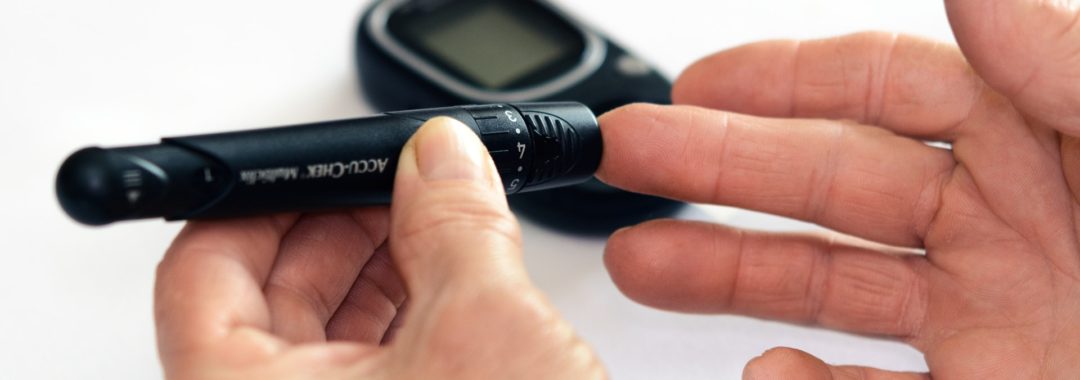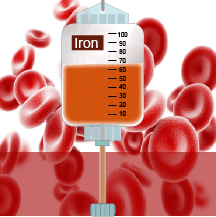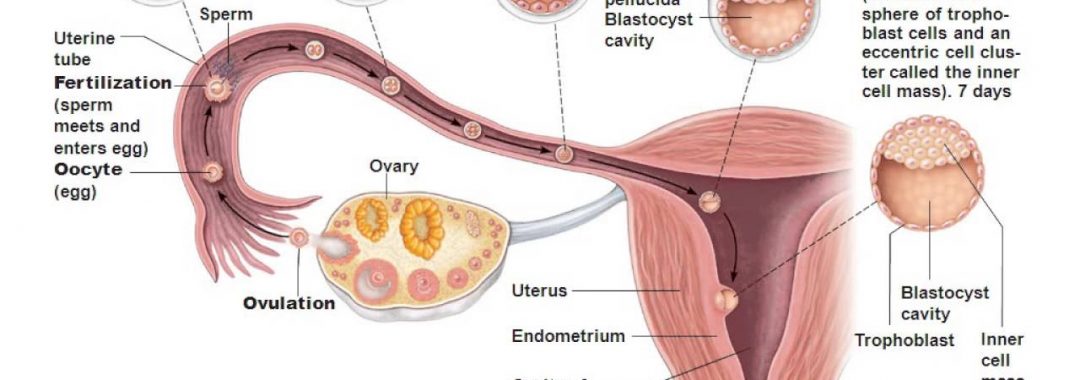Lichen sclerosis is a long-term problem of the skin. It mostly affects the genital and anal areas. Sometimes, lichen sclerosis appears on the upper body, breasts, and upper arms.
For this article I am just going to talk about Lichen Sclerosis of the genital region (Vulva) and more around how this affects women and how it can be treated and managed.
Lichen sclerosis can cause itching, pain and scarring of the affected areas, but there are treatments available that can relieve symptoms and prevent and treat scarring.
Much of the information out there is also outdated and it all seems to be doom and gloom, so I wanted to do a post and put some positive options up for sufferers. With the right treatment and management, women with Lichen Sclerosis can get their lives back.
Who Does Lichen Sclerosis Affect?
Nobody knows exactly how many women are affected, but it is thought that as high as 1 in 30 women could suffer from Lichen Sclerosis. While anyone can get lichen sclerosis at any age, women after the menopause have the highest risk. In fact, it is about 10 times more common in women than in men. It is possible, but rare, for children to be affected.
What Are the Symptoms?
Early in the disease, small white spots appear on the skin. The spots are usually shiny and smooth. Later, the spots grow into bigger patches. The skin on the patches becomes thin and crinkled. The skin may also be inflamed and red or ulcerated from scratching.
Skin affected by lichen sclerosis can tear easily, and there may be tiny fissures (cracks in the skin). When severe, there may be bleeding and blistering.Sometimes, the skin becomes scarred. If the disease is a mild case, there may be no symptoms. Other symptoms are:
- Itching (very common)
- Discomfort or pain
- Bleeding
Many women with lichen sclerosis are often misdiagnosed as having thrush because it too can also causes itchiness around the vulva.
Many women I see also have vaginal atrophy, which can be missed due to the focus on the lichen sclerosis. Women who have vaginal atrophy can also have pain with intercourse, and atrophic vaginitis can also exacerbate the symptoms of lichen sclerosis. It can be a vicious cycle if it isn’t properly diagnosed.
Some women may have lichen sclerosis, atrophic vaginitis and thrush combined and this is why differential diagnosis is so important and women need to see someone who knows about how to diagnose these issues correctly.
Women need to see someone who specialises in this area and treats these conditions often. With correct treatment and management, women can live very normal lives.
Genital lichen sclerosis
Lichen sclerosis that affects the vulva usually feels intensely itchy. There may also be pain, stinging, burning or discomfort, especially during sex or when urinating.
Lichen sclerosis is a chronic, or ongoing, condition, and over time it can lead to scarring. If this affects the vulva, it may narrow the entrance to the vagina, interfering with sexual intercourse.
Women with severe lichen sclerosis in the genitals may not be able to have sex. The disease can cause scars that narrow the vagina. Also, sex can hurt and cause the patches to bleed.
However, treatment with creams or ointments can help. Women with severe scarring in the vagina may need surgery, but only after lichen sclerosis is controlled with medication. When the skin around the anus is affected, pain when emptying the bowels can lead to constipation.
Four out of 100 women will go onto develop cancer of the vulva and this is why early intervention and management is so important.
What Causes Lichen Sclerosis?
Doctors don’t know the exact cause of lichen sclerosis. Some doctors think a too active immune system and hormone problems may play a role. In women, lichen sclerosis also seems to be associated with autoimmune diseases (conditions where the immune system attacks the body), such as lupus , alopecia and thyroid disease.
It is also thought that people inherit the likelihood of getting the disease.
There may also be a hormonal involvement as It is also more common after menopause, when there is less oestrogen in the body. This is why careful differential diagnosis is so important, so that other conditions are not overlooked as well. This is something that I see happen to women often.
Lichen sclerosis is more likely to appear on skin that has been damaged or scarred from some other previous injury. Importantly, lichen sclerosis is not infectious and your partner cannot catch it during sex.
How Is It Diagnosed?
Lichen sclerosis can often be diagnosed from the appearance of the affected skin. It is important that your GP refer you to a pelvic floor/urodynamic specialist, or women’s health specialist that specialises in conditions affecting the female reproductive organs. Sometimes a referral to a dermatologist may also be needed also.
Besides visual diagnosis, a biopsy may be recommended to confirm the diagnosis. This involves taking a small sample of affected tissue for a pathologist to examine under a microscope. This allows specialists to make sure that it is not a different disease.
Treatment of lichen sclerosis
Treatment of lichen sclerosis is aimed at:
- Relieving symptoms of itch and discomfort;
- Healing the lesions (returning the affected skin to its normal colour and texture);
- Preventing the development of scar tissue; and
- Treating any scar tissue that has developed.
Medical Treatments for Lichen Sclerosis
Lichen sclerosis is usually treated by applying a strong steriod cream, or ointment to the affected area. This is usually applied daily for several weeks, or months, and then less frequently (once or twice per week) long-term to prevent a recurrence.
Corticosteroid ointment or cream should be applied only to the white patches and gently rubbed in. Try to avoid applying steroid to the normal surrounding skin to help prevent side effects.
Symptoms such as itch may improve within a couple of days of starting corticosteroid treatment. Healing of lesions generally takes longer.
Women with Lichen Sclerosis will need regular follow up consultations and management with their specialist while using these creams and ointments for a long time because they can cause the following
- Thinning and redness of the skin
- Stretch marks where the cream is applied
- Genital yeast infections.
Sometimes, women just do not get better using this medication and there could be other things that could be stopping symptoms from clearing up. This could be from the following:
- Low estrogen levels
- Infection
- Allergy to the medication.
Other treatments
If topical steroid treatment is not effective, your specialist may recommend other medications and treatments that target the immune system and help control inflammation.
- Sometimes other medications such as Retinoids, or vitamin A-like drugs are used and your specialist may also recommend laser treatment.
- If scarring has occurred, this does not usually improve with steroid treatment. Scarring in females that is affecting sexual intercourse or urination may be helped by surgery
- There are also some new medical treatments that are presently being researched and providing some amazing results options and I will discuss at a later date. They are actually natural medicines that are being used as a medical treatments. All I can say is that I have seen the results of this new treatment option and I think it is going to help many people. At present on of my colleagues is using this treatment to help women as part of a research project. I will update people when I am allowed to say more about this new treatment.
Natural Medicine Treatments
There are natural medicine treatments that may assist in the management of Lichen Sclerosis, alongside medical interventions.
Self-care measures for genital lichen sclerosis
The following self-care measures may help in the treatment of lichen sclerosis that affects the genital area.
- Gently wash the area daily with warm water and pH neutral soap cleanser.
- Try not to rub or scratch the area. This can sometimes be really hard when it is itchy and inflamed
- Avoid tight clothing and any activities that may aggravate itching and discomfort, such as bike riding.
- Your specialist may recommend you apply cream to gently moisturise and protect the area.
- Women should use a mirror to become familiar with the location and appearance of their genital lesions, and to apply cream or ointment to the affected area of the vulva.
Complications and follow-up
If you have been diagnosed with lichen sclerosis then it is advisable to have regular follow-up appointments with your specialist every 6 to 12 months.
In addition, genital lichen sclerosis is associated with a small, but important, increase in the risk of cancer developing at the affected site. As mentioned before 4 out of 100 will go on to develop cancer of the vulva.
This is why frequent check-ups are important to detect any cancers early on, when they can be more easily treated. This is why I always say that early intervention and proper treatment and management of any disease and the same goes for lichen sclerosis.
I have helped and assisted many women with Lichen Sclerosis in my years in practice and I do find that a multimodality approach is the best way to assist and manage this disease effectively.
Sometimes you need to have a team to help treat this, just like many other diseases women endure.So many women are are at their wits end with this disease and all sorts of treatments that have not worked. The problem is that they have just seen the wrong people and haven’t been properly looked after.
Women with Lichen sclerosis can be helped if they see the right people and get the right help and proper clinical health care and management. You just need to find the right people who know about this disease and how to treat it properly.
I can say this, if this disease is treated and manage properly, it can give women their quality of life back. Instead of all the doom and gloom and negatives things, let’s get some positivity back and give women with this disease some hope. There always hope and you just need to know where to find it.
Take care
Regards
Andrew Orr
Women’s & Men’s Health Advocate
-“No Stone Left Unturned”
-The Women’s Health Experts












